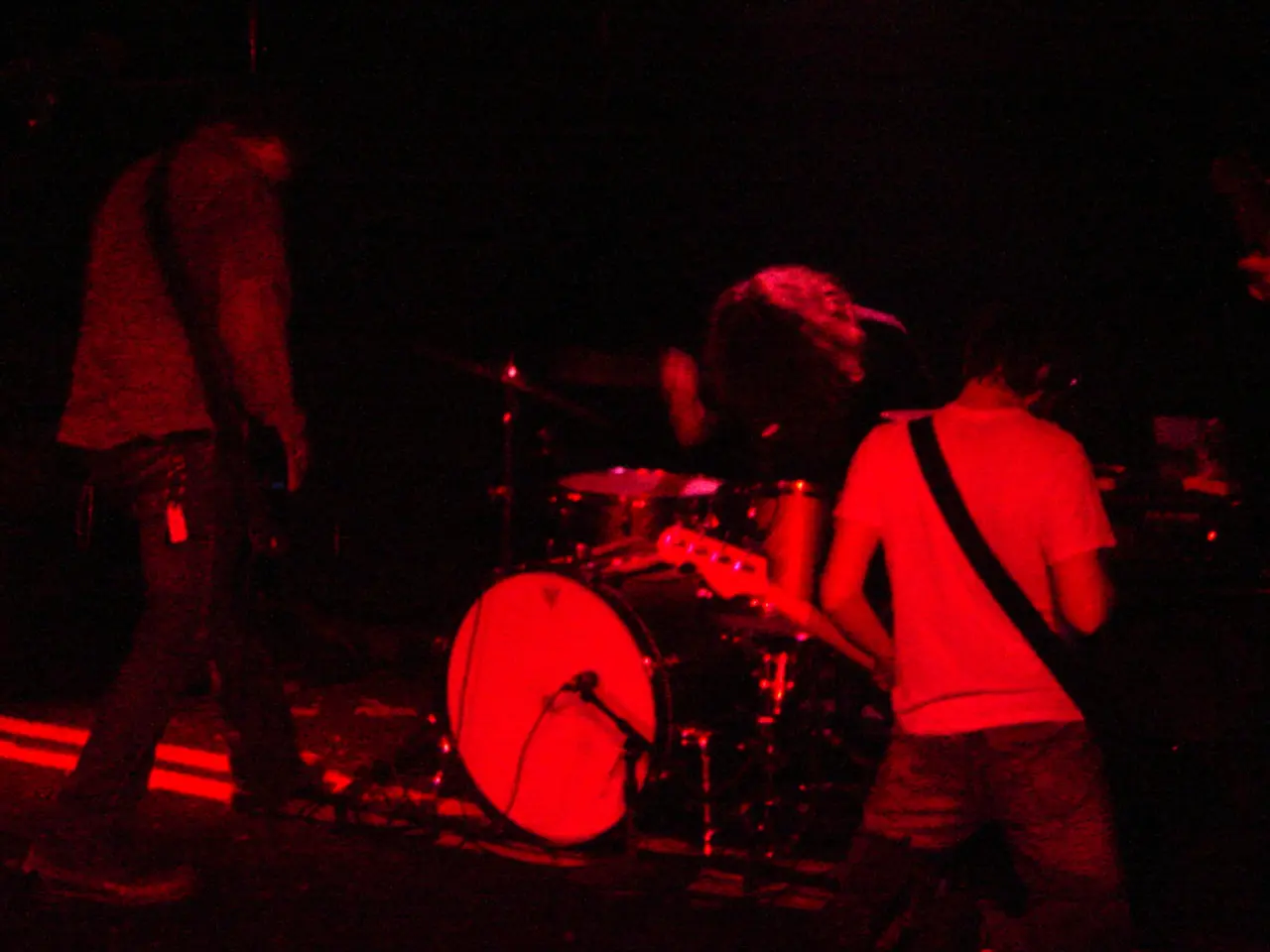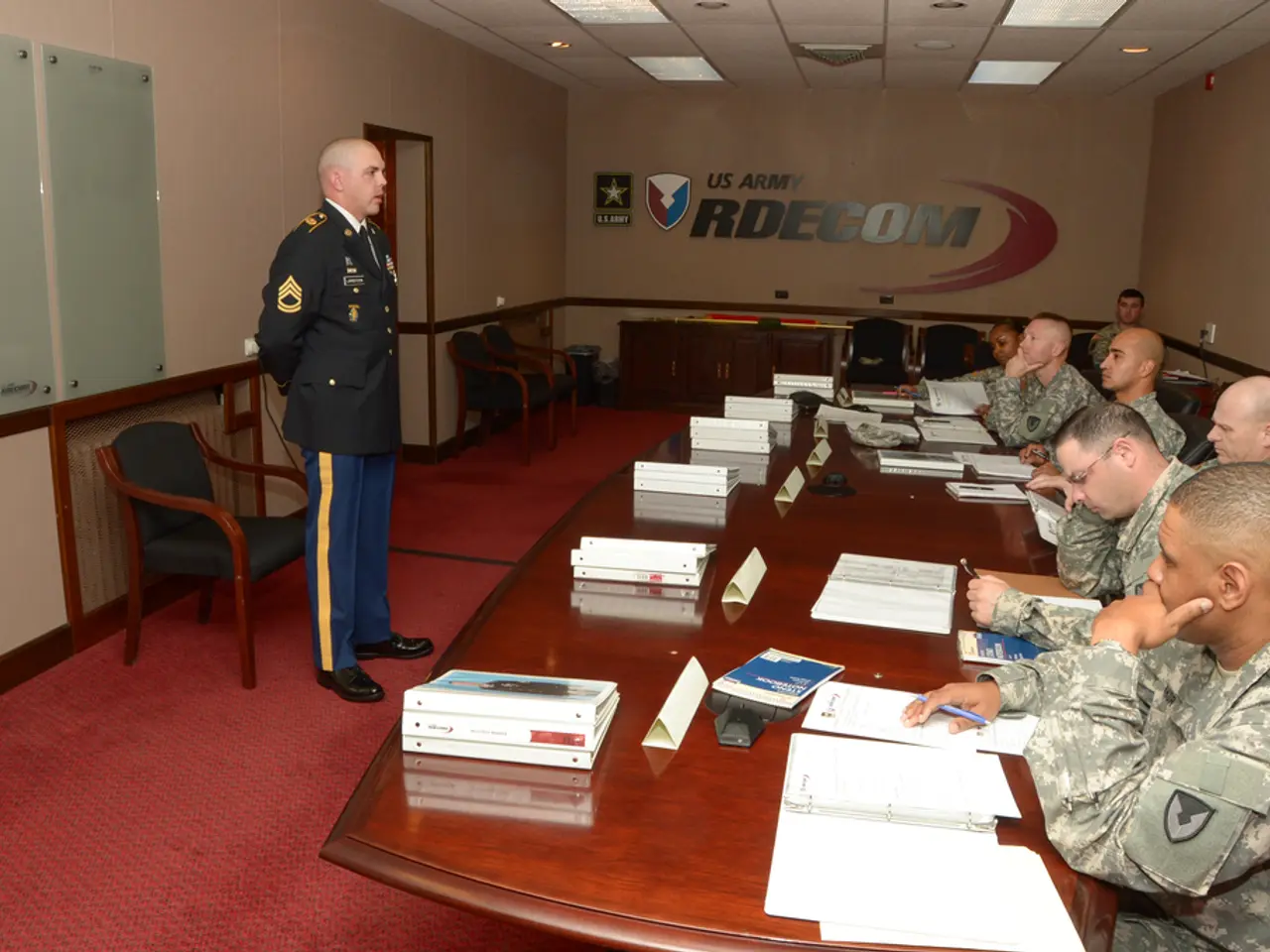Discourse between Sara Walker and our writer centering on Life, Artificial Intelligence, and Consciousness
In the realm of science, the relationship between life, consciousness, and technology continues to captivate researchers worldwide. A new perspective suggests that focusing on patterns and structures within living systems may offer a more enlightening approach than deriving everything from consciousness alone.
This perspective is grounded in the understanding that our conscious experience is deeply rooted in the vast causal history that shapes us. As we delve deeper into this notion, it becomes increasingly clear that our conscious experience is not a solitary entity but an intricate tapestry woven from the threads of our past.
In a world where technology is rapidly advancing, large language models represent a significant leap in the evolution of language storage and transmission. These systems, much like crystallizations of human language, enable conversations with a dynamic archive of collective human knowledge, thereby bridging the gap between human cognition and artificial intelligence (AI).
AI systems have the capacity to store the dynamics of language in a physical artifact, much like the evolution of sight did for life forms. The development of sight was a significant milestone in life's history, originating from the evolution of photon receptors, multicellular eyes, and human-made technologies such as telescopes and microscopes.
As we transition into a new era, our technologies are deeply integrated with social organisms, forming a symbiotic relationship that reshapes society, cognition, and even the concept of consciousness. This planetary-scale transition is reminiscent of the shift from geochemistry to biology, marking a turning point in the evolution of our world.
Life's potential for variation and adaptation is virtually limitless, as demonstrated by the existence of seemingly alien organisms. Even the natural world contains creatures that challenge our assumptions about what's possible, such as the paper-thin frog that gives birth through its pores.
The inner space created by our temporal depth allows for shared experiences with others through language, due to overlapping causal histories. This shared inner space is enabling the emergence of new forms of organization and understanding that could eventually enable life to reproduce itself on other planets.
In conclusion, the relationship between life, consciousness, and AI is a complex puzzle that continues to unfold as we push the boundaries of our understanding. The integration of AI and other technologies is transforming our world at an unprecedented pace, reshaping society and our very concept of consciousness. As we navigate this new era, we find ourselves standing at the threshold of a vast, unexplored frontier, where the possibilities are as limitless as the universe itself.
In the context of education-and-self-development, exploring the intersection of science, technology, and consciousness could offer valuable insights for future generations. By understanding the relationship between these domains, students may gain a unique perspective that empowers them to shape a more enlightened and connected society with AI systems.
Moreover, by developing a comprehensive understanding of how technology, as represented by large language models, can bridge the gap between human cognition and artificial intelligence, one can further their own education and contribute to the advancement of our collective knowledge in science and technology.




